With the attention and support of provincial departments and the United Nations Development Program (UNDP), in 2016, the pilot model of co-management in aquatic resources protection was first implemented in Thuan Quy commune. By 2018, the model was expanded to Tan Thanh and Tan Thuan communes and brought about many positive results.
The first model of the country
Ham Thuan Nam District is the first locality in the country to recognize and assign management rights in protecting aquatic resources according to Article 10 of the 2017 Fisheries Law. The district has established 3 Fishermen's Community Associations with 288 members participating, implementing co-management in protecting aquatic resources with an assigned sea area of 43.4 km2. The associations have supported state management agencies in propagating to fishermen and mobilizing 100% of members to comply with the provisions of the law on aquatic resource exploitation. Thereby, people's awareness of the work of protecting and developing aquatic resources has been raised. People clearly see their role and responsibility in joining hands and sharing with functional agencies to protect and develop aquatic resources...
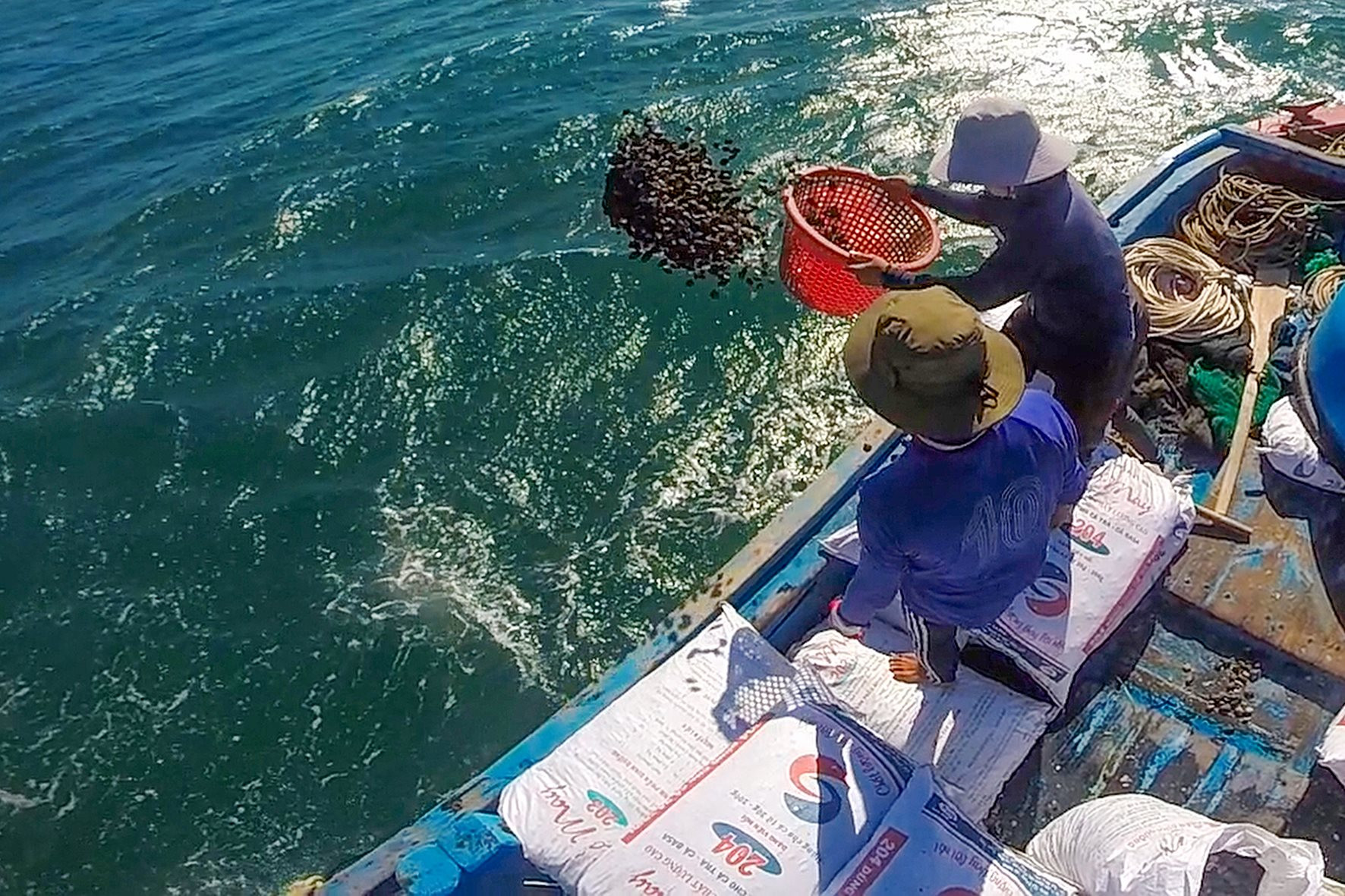
In addition, the associations have organized the construction of 41 artificial reefs at sea to mark and prevent trawling, creating habitats and breeding grounds for resources. The Thuan Quy Commune Community Association alone has mobilized and contributed funds to buy back 113.4 tons of razor clams that were released back into the sea by local people. Over the implementation period, destructive fishing activities in the co-managed sea area have decreased compared to before, limiting property damage caused by trawling. In particular, the spawning grounds of razor clams in Thuan Quy have been restored, reefs and coral reefs have been protected, along with the release of additional clusters of artificial reefs, helping aquatic resources to reproduce, contributing to increasing income for fishermen in coastal areas. Not only that, the associations have built and operated 3 livelihood loan funds with a total initial capital of 440 million VND. Through this fund, members can borrow revolving loans to invest in agricultural , aquatic and small-scale service activities, creating conditions for fishermen to overcome difficulties and increase income.
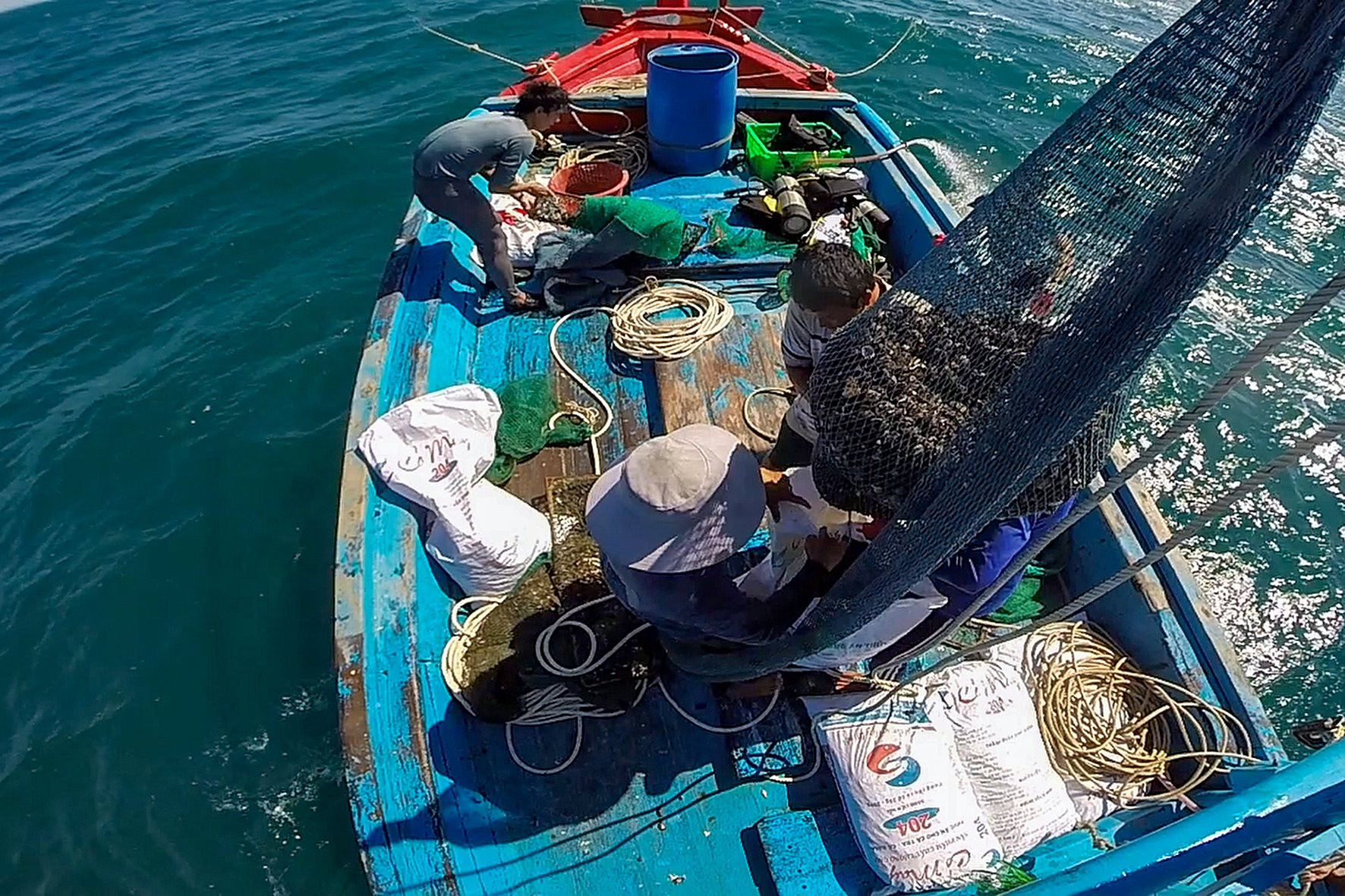
Need to promote the role of government
Although the formation and operation of fishing community associations have achieved some initial results, the mobilization of contributions from members is still low, so many large-budget activities have not been implemented, while there are no regulations on financial mechanisms to support the implementation of co-management in protecting aquatic resources. In addition, violations of the law in co-managed sea areas still occur, and a number of fishermen in the area are still not aware of the importance of protecting aquatic resources while the role of the community is limited to monitoring and providing information to the authorities. The association still lacks funds and means, so it has not organized many patrol and protection activities...
From the co-management model in protecting aquatic resources in the locality, the leader of the District Department of Agriculture and Rural Development said that in order for the model to develop sustainably, it is necessary to further strengthen communication and propaganda work on the effectiveness of the model implementation, thereby mobilizing people to actively participate. Enhance and promote the role and responsibility of local authorities, associations and unions in implementing the model's activities. In addition, it is necessary to build a strong, capable and proactive Executive Committee of Community Associations through selecting dedicated and highly prestigious people in the community. Strengthen close links between Community Associations to support and share experiences with each other in activities. Mobilize the community to contribute resources (finance, labor, means, equipment, etc.) to the model to increase responsibility for implementation.
The establishment and operation of associations have been regulated by the Government 's Decree, with specific and clear instructions, ensuring full legality and being more widely recognized than other community organizations. Therefore, the construction of dossiers for recognition and assignment of management rights in the protection of aquatic resources requires support, advice, guidance and participation from state management agencies, local authorities and needs to be widely consulted and consulted in the community before approval and implementation.
Mr. VAN
Source



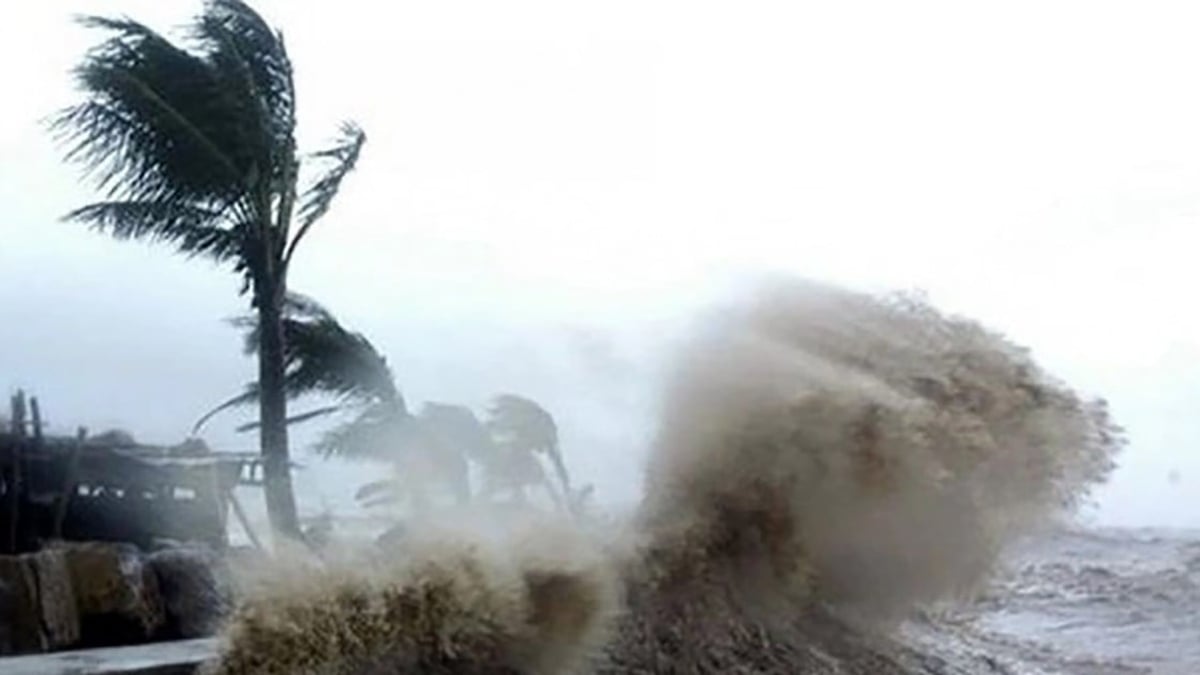
![[Video] More than 100 universities announce tuition fees for the 2025–2026 academic year](https://vphoto.vietnam.vn/thumb/1200x675/vietnam/resource/IMAGE/2025/7/18/7eacdc721552429494cf919b3a65b42e)
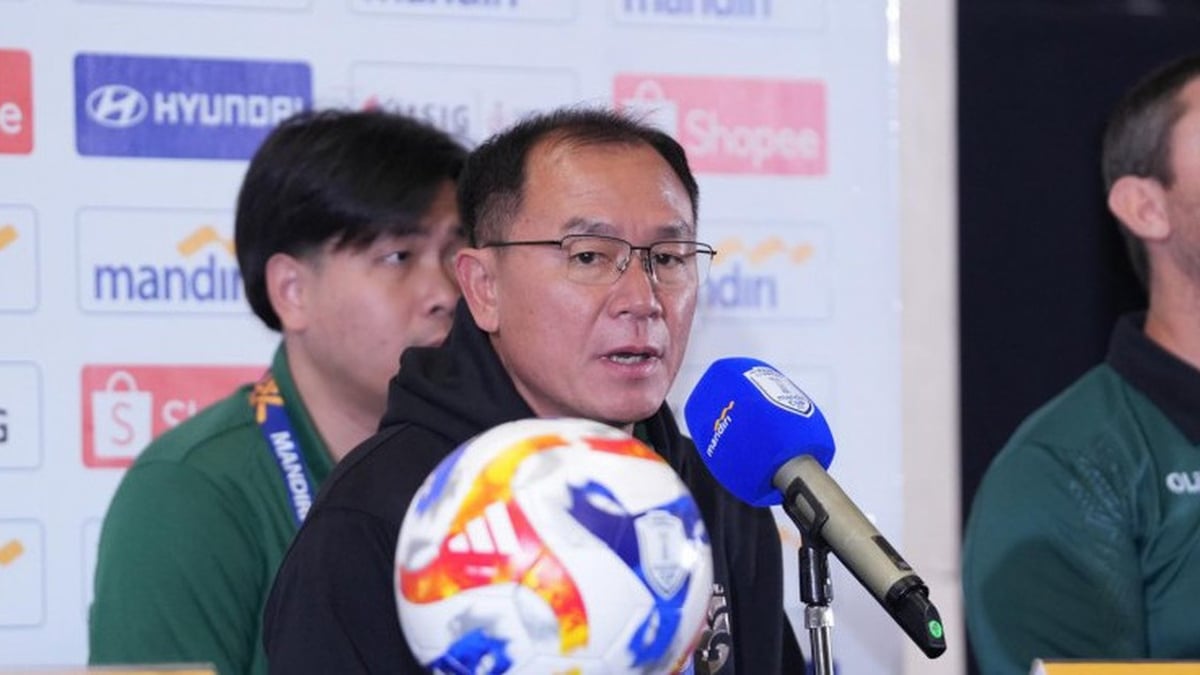
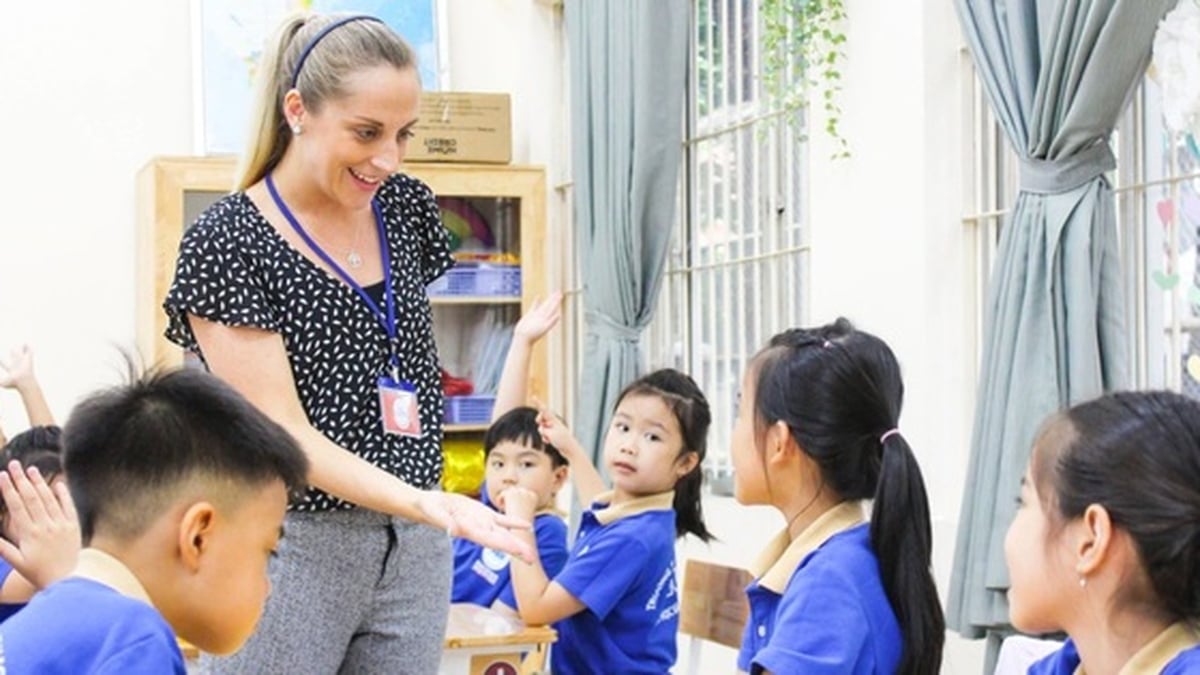


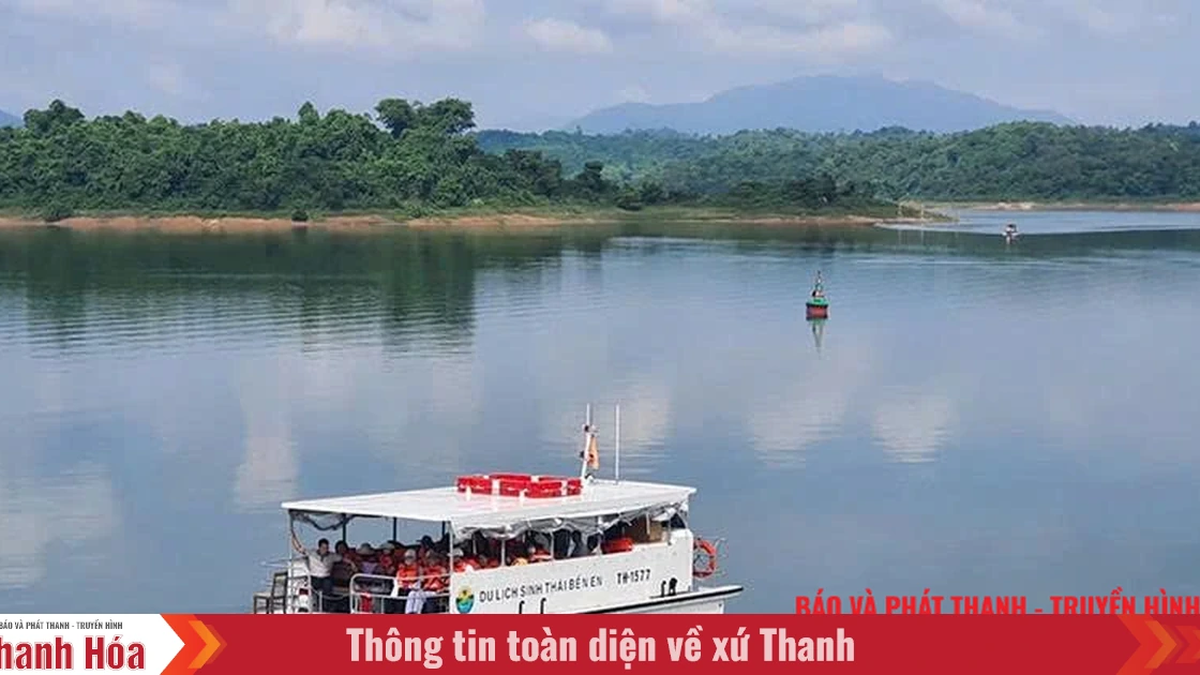
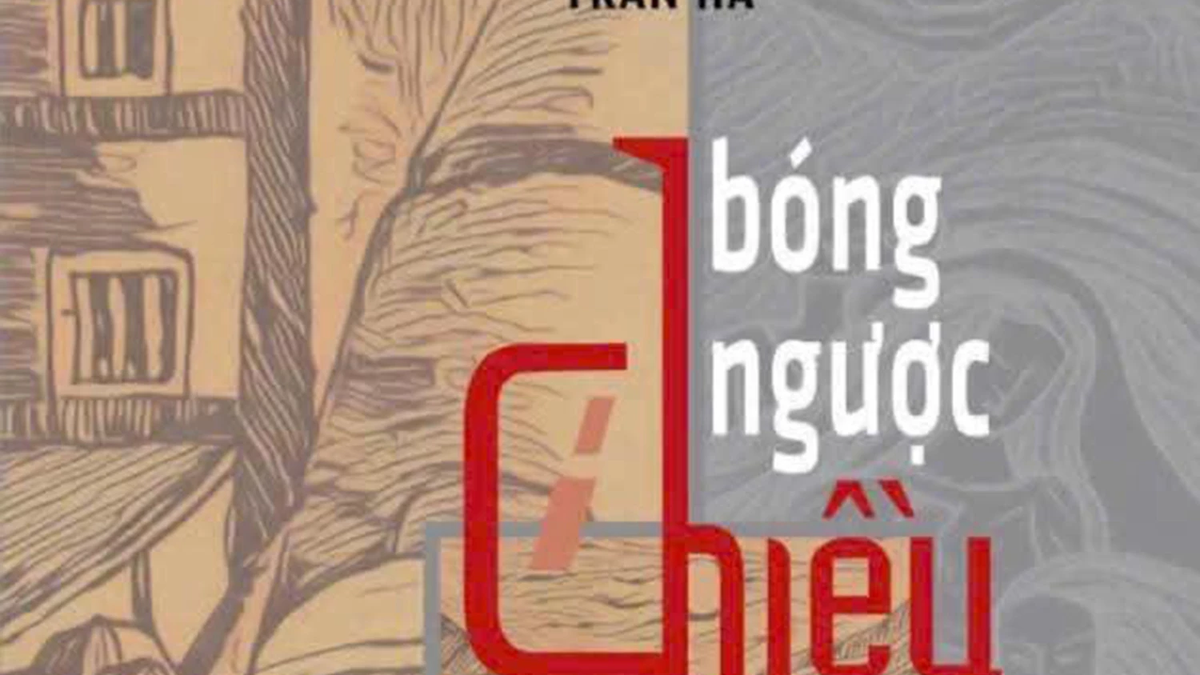



















































































![[Infographic] In 2025, 47 products will achieve national OCOP](https://vphoto.vietnam.vn/thumb/402x226/vietnam/resource/IMAGE/2025/7/16/5d672398b0744db3ab920e05db8e5b7d)





Comment (0)